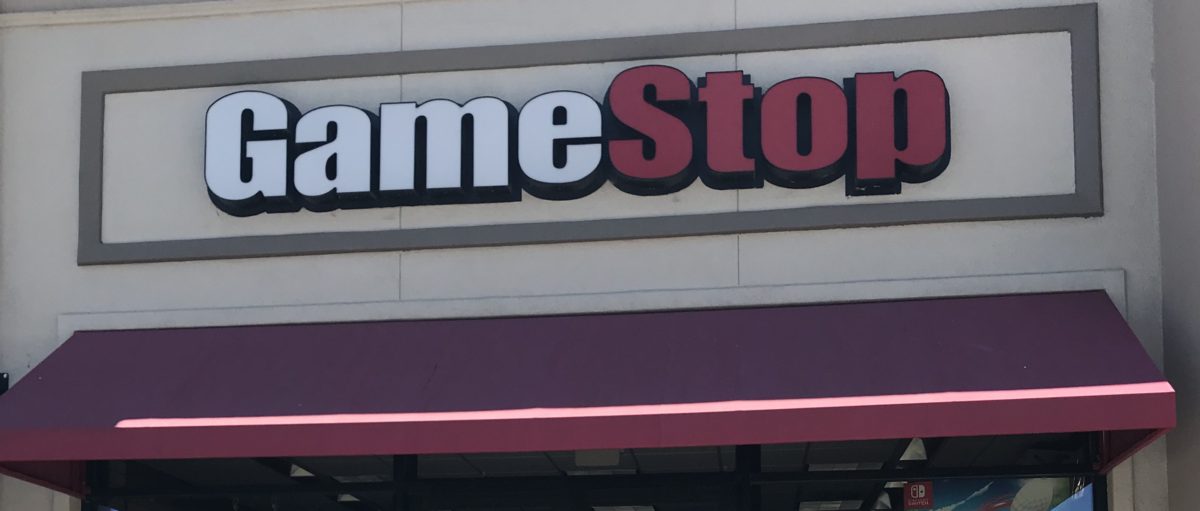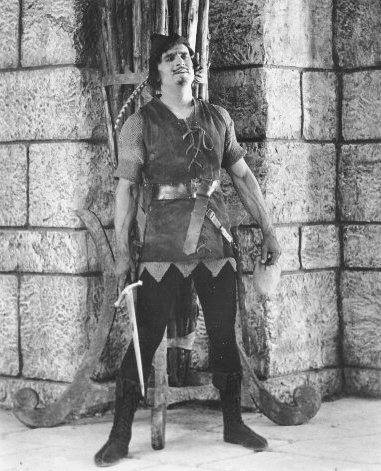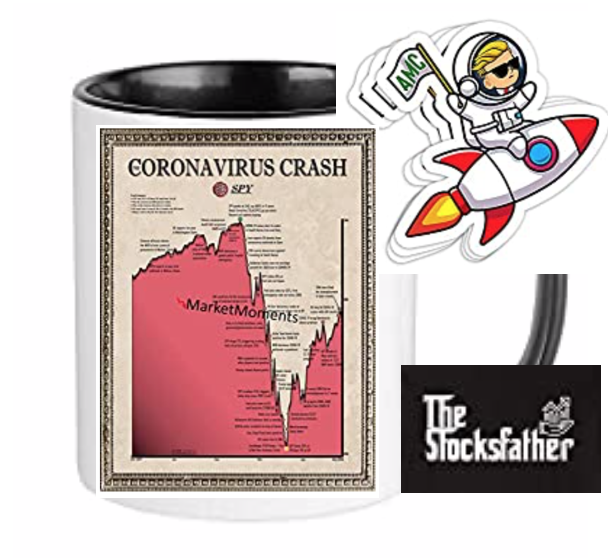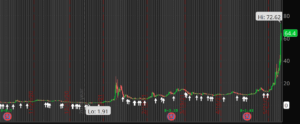by Fred Fuld III
A short squeeze is a phenomenon that occurs in financial markets when investors who have sold shares of a stock short (i.e., betting that the stock price will fall) are forced to buy those shares back at a higher price than they expected. This can happen when the stock’s price rises sharply, causing losses for short sellers who need to buy the stock to cover their position and limit their losses.
As more and more short sellers try to buy the stock to close out their positions, this increased buying activity can drive the stock price even higher, creating a feedback loop that can lead to a rapid and dramatic increase in price. This can create a challenging situation for short sellers, who may be forced to buy back the stock at a loss, or risk even greater losses if the stock continues to rise. A short squeeze can also create opportunities for long investors who have purchased the stock, as they may be able to sell their shares at a higher price to short sellers looking to cover their positions.
On August 22, 2022, I posted an article about meme related short squeeze stocks, and pointed out Bed Bath and Beyond (BBBY) after it had its big run-up. In exactly one week after the article was posted, the stock jumped by more than 43%.
Another stock that was mentioned was Intercept Pharmaceuticals, Inc. (ICPT), which increased by almost 5% in just two days.
The stock with the biggest short ratio (days to cover), at 14.3 back then, was Heron Therapeutics, Inc. (HRTX). It rose by 9.5% in three days.
When you short a stock, it means that your goal is to make money from a drop in the price of a stock. Technically, what happens is that you borrow shares of a stock, sell those shares, then buy back those shares at a hopefully lower price so that those shares can be returned. This all happens electronically, so you don’t actually see all the borrowing and returning of shares; it just shows up on your screen as a negative number of shares.
Short sellers can be profitable, but sometimes when the stock moves against them, and begins to rise, the short sellers jump in right away to buy shares to cover their positions, creating what is called a short squeeze. When a short squeeze takes place, it can cause the share prices to increase fast and furiously. Any good news can trigger the short squeeze.
Some traders utilize this situation by looking for stocks to buy that may have a potential short squeeze. Here is what a short squeeze trader should take into consideration:
Short Percentage of Float ~ The float is the number of freely tradable shares and the short percentage is the number of shares held short divided by the float. Amounts over 10% to 20% are considered high and potential short squeeze plays.
Short Ratio / Days to Cover / Short Interest Ratio -This is probably the most important metric when looking for short squeeze trades, no matter what you call it. This is the number of days it would take the short sellers to cover their position based on the average daily volume of shares traded. This is a significant ratio as it shows how “stuck” the short sellers are when they want to buy in their shares without driving up the price too much. Unfortunately for the shortsellers, the longer the number of days to cover, the bigger and longer the squeeze.
Short Percentage Increase ~ This is the percentage increase in in the number of short sellers from the previous month.
The following are some heavily shorted tech stock that may be worth considering.
| Company | Ticker | Short % of Float | Short % Change | Short Interest Ratio |
| Silvergate Capital Corp | SI | 76.92% | -6% | 1.2 |
| Carvana Co | CVNA | 52.82% | 0% | 1.8 |
| Wayfair Inc | W | 33.65% | 0% | 4.2 |
| Big Lots, Inc. | BIG | 32.44% | -1% | 7 |
| C3.ai Inc | AI | 27.31% | 5% | 1.4 |
| Fubotv Inc | FUBO | 26.57% | -27% | 3.2 |
| Virgin Galactic Holdings | SPCE | 25.92% | 9% | 5.9 |
| Bakkt Holdings Inc | BKKT | 24.53% | 6% | 4.3 |
| AMC Entertainment | AMC | 24.39% | 1% | 3.7 |
| Cinemark Holdings, Inc. | CNK | 23.73% | 0% | 7.6 |
The third stock on the list, Wayfair (W) has over 33% of its float shorted, with no change in short interest over last month.
The short interest ratio is 4.2, which means that it would take the short sellers over 4 days to cover their position, based on recent average volume.
Just keep in mind that just because a stock has good earnings ratios and is heavily shorted, doesn’t mean that the stock will go up, especially in a bear market. Also, stocks that are significantly shorted may be shorted for a reason.
Disclosure: Author didn’t own any of the above at the time the article was written.






















